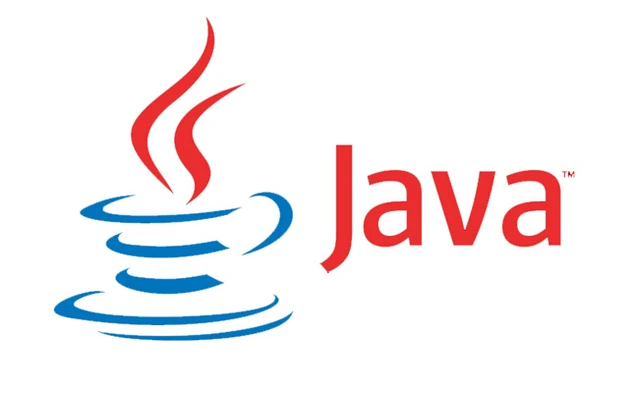Garbage collection in Java

In Java destruction of object from memory is done automatically by the JVM. When there is no reference to an object, then that object is assumed to be no longer needed and the memory occupied by the object are released. This technique is called Garbage Collection. This is accomplished by the JVM. Unlike C++ there is no explicit need to destroy object. the Garbage Collection can not be forced explicitly. We may request JVM for garbage collection by calling System.gc() method. But This does not guarantee that JVM will perform the garbage collection.
Finalize()
Sometime an object will need to perform some specific task before it is destroyed such as closing an open connection or releasing any resources held. To handle such situation finalize() method is used. finalize() method is called by garbage collection thread before collecting object. Its the last chance for any object to perform cleanup utility. The finalize() method is defined in java.lang.Object class and it is available to all the classes. The method is defined in java.lang.Object class, therefore it is available to all the classes. The method gets called only once by a Daemon thread named GC (Garbage Collector)thread.
Gc()
The gc() method is used to call garbage collector explicitly. Calling the gc() method does not guarantee that JVM will perform the garbage collection. It only request the JVM for garbage collection. This method is present in System and Runtime class.
public class Example
{
public static void main(String[] args)
{
Test t = new Test();
t=null;
System.gc();
}
public void finalize()
{
System.out.println("Cleaned");
}
}
The main objective of Garbage Collector is to free heap memory by destroying unreachable objects. An object is said to be unreachable if and only if it doesn’t contain any reference to it. Even though programmer is not responsible to destroy useless objects but it is highly recommended to make an object unreachable if it is no longer required. We can make an object eligible for garbage collection by nulling the reference variable.